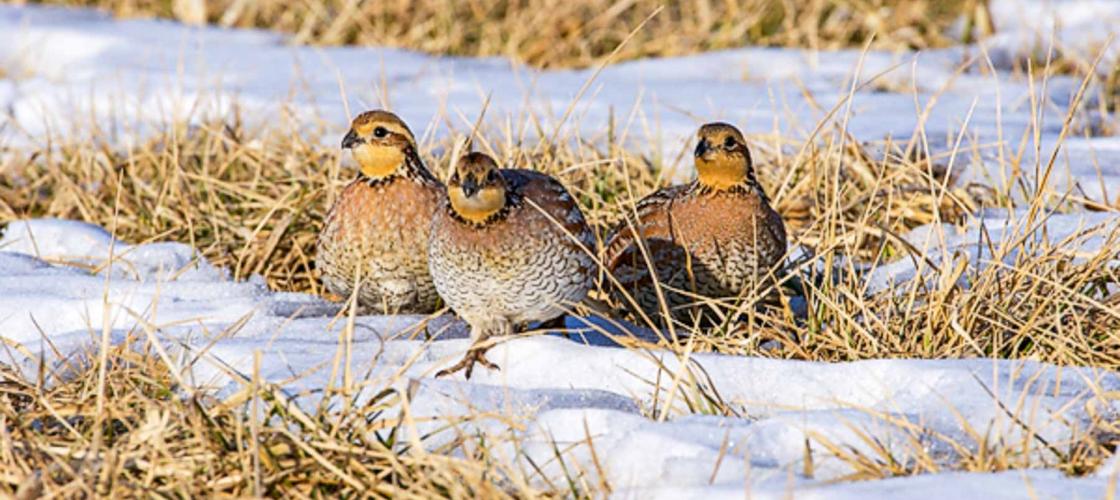When it comes to habitat, the most essential thing a quail needs is cover for escape, nesting, and brood-rearing. Since food is rarely a limiting factor for quail, landowners should focus on providing cover habitat.
A strong first step to enhancing quail cover is protecting what is already there — the shrubby and woody edges, draws, and “waste areas” that usually occur around a farm. Retain cover by fencing livestock out to allow natural plant growth.
You won't increase numbers on your land by altering areas where quail already occur: You will instead need to create more area elsewhere on your property for them to further colonize. Make an assessment of the habitat quail are already using, and then look for additional areas to provide more of the same.






















